Pushing the board as heavily as we could, we managed a solid 4.4GHz at 220MHz base clock with a 20x CPU multiplier. With plenty of additional CPU voltage: +272mV, offering close to 1.45V, and extra memory voltage to compensate for not knocking the memory multiplier down a notch.
Enabling the OC Genie function, we found it overclocked the CPU really quite impressively with a 206MHz base clock. The downside was that it only stretched itself to a 17x multiplier - a 19x would also be achievable for extra CPU MHz - and the memory frequency was too low, without the timings optimised, and it was also overvolted too far at 1.7V. 3.5GHz for extending a finger to press a single button is a nice result, however at 1.42V we could see this overheating on some cooling setups - there's no way the MSI can adequately stress test the thermal solution in just the five seconds it took to set these values so be understanding of using this quick setting.
MSI P55 GD65
Featured BIOS Verison: 1.41UK Price: £129.00 (inc. VAT)
US Price: $159.99 (ex. Tax)
The P55-GD65 from MSI we've already reviewed and for the most part the BIOS is identical the the CD53 above, however in the first picture we can see that the CPU VTT voltage option is available here. MSI sends it red at 1.35V, and for light overclocks this is more than sufficient, but pushing over 200MHz it needs to be upwards of this.
Here we also have the 21x multiplier enabled when the EIST state is set to auto or enabled: it signifies that it's additional by turning yellow.
Pushing the board as far as we can we shot for 4.37GHz at a 230MHz base clock and a 19x multiplier: remember the Lynnfield CPUs are reported to overclock better with odd multipliers. This seemed to be an absolute limit of our CPU, where the CPU-northbridge runs well over 4GHz. The VTT is pushed to 1.44V and the CPU 1.45V to keep it there, which can potentially overheat some less capable cooling solutions, and we also had to drop the memory multiplier down a notch too.
With the OC Genie button enabled we saw a similar change to the CD53, however the base clock here has been pushed even further to 210MHz, on the same 17x multiplier, and 1.42V is being pushed through the CPU. Again, we feel that 1.72V through the memory is not a wise choice for just 1,260MHz DDR3 (we were using 1,600MHz Corsair Dominator memory), so be mindful when using this function.

MSI MPG Velox 100R Chassis Review
October 14 2021 | 15:04


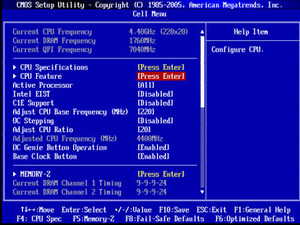
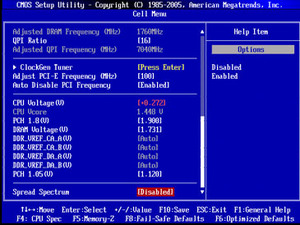
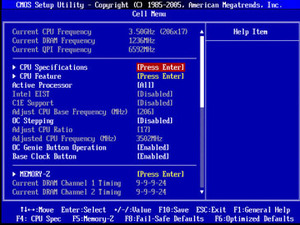
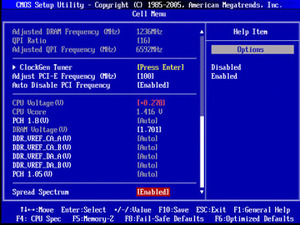
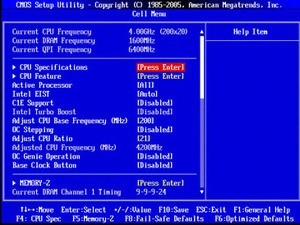
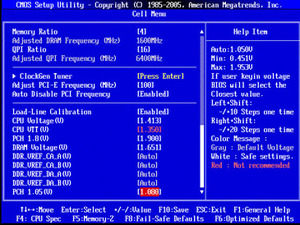
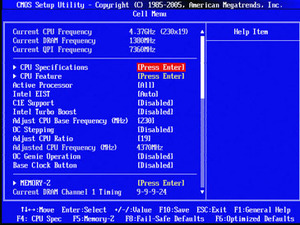


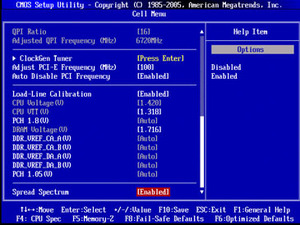







Want to comment? Please log in.